Artificial intelligence in cybersecurity is a must-have combination for organizations nowadays. Artificial intelligence (AI) assists under-resourced security operations analysts in keeping pace with attacks, and this technology will have a greater role as cyberattacks increase in volume and complexity. AI technologies, such as machine learning and natural language processing that analyze millions of research papers, blogs, and news stories, provide rapid insights to cut through the noise of daily alerts. AI provides analysts with a method to connect the dots between threats.
Troubled waters
The enterprise attack surface continues to expand and get more complex. There may be hundreds of billion time-varying signals to evaluate, depending on the size of your business. As a result, cybersecurity analysis and improvement are no longer human-scale problems. To tackle this unprecedented danger, AI tools for cybersecurity have emerged to assist information security teams in reducing risk and enhancing their network security posture swiftly and successfully.
Machine learning (ML) and artificial intelligence have grown in popularity as information security technologies that can rapidly analyze millions of events and find a variety of threats, from malware exploiting zero-day flaws to flagging risky behavior that might result in a phishing attack or malicious code download. AI can learn over time, drawing on its past experiences to identify new types of assaults as they emerge. AI can detect and react to deviations from normal patterns by utilizing conduct histories.
The fundamental issues with the traditional approaches
Rule-based detection systems have a major flaw: they produce many false positives. It’s not because the product is poorly designed or built. It is a problem with cybersecurity’s natural logic. If a breach occurs and the product fails to detect it, it can be devastating. As a result, every security solution strives to produce as few false negatives as possible by alerting every potential assault. The side effect is that false positives begin to arise. If you don’t want to miss a wolf, you’ll have to cry wolf whenever you suspect it’s lurking in the shadows.
The flood of mostly false warnings overwhelms human analysts. In the face of so many alerts, SOC analysts develop heuristics to handle them. After that, they do a thorough study on the filtered alerts. Other alarms are disregarded as a result of this procedure. This defense is ineffective when compared to the current state of sophisticated attacks. That seemingly benign warning could be the actual attack.
Another disadvantage traditional of cybersecurity is that it is asymmetrical. A cyber attacker must only succeed once in exploiting a single vulnerability. While we, the defenders, must be successful every time. Organizations need to search for threats across the whole IT stack, not just security data. artificial intelligence in cybersecurity can find patterns, anomalies, and outliers in all of this information without the requirement for set guidelines, then pass it on to human investigators.

Why do we need AI to guard the gates?
Hackers do not adhere to typical working hours, and their attacks come from any time and anywhere. As a result, real-time monitoring of your company’s IT infrastructure is required to detect malicious cyber dangers and data network security breaches.
AI advancements in cybersecurity allow businesses to utilize money and personnel more effectively. Your company should allow AI-powered cybersecurity solutions to conduct security checks and give IT professionals the opportunity to evaluate genuine cyber threats identified by the software. This technique helps your company make the most of its cash and the time and skills of your IT staff.
Benefits of artificial intelligence in cybersecurity
Machine learning and AI can keep up with the bad actors by automating threat detection and response in today’s ever-changing cyber-attacks and enabling greater security than traditional software-driven methods.
Cybersecurity presents some unique challenges, such as vast attack surfaces deepened by the increased number of devices in organizations, new attack vectors, lack of skilled security experts, etc. Many of these issues can be addressed by a self-learning, AI-based cybersecurity posture management system.
A self-learning system can continuously and independently gather data from information systems. That data is then analyzed, and millions to billions of relevant signals to the enterprise attack surface are related. Artificial intelligence in cybersecurity can automate threat detection and react quicker than traditional software-driven or manual approaches.
- AI learns about cybersecurity risks and threats by analyzing billions of data artifacts.
- The technology focuses on the connections between threats. It takes seconds for AI to analyze relationships between threats such as malicious files, suspicious IP addresses, or insiders.
- AI enables security experts to make quicker, more informed judgments and act against threats with less time spent researching.
Features of artificial intelligence for cybersecurity
Today, the security teams of many organizations have delegated the most demanding tasks to AI-powered tools and are focusing on the important tasks that need the human touch. The notable uses and functions of artificial intelligence in cyber security are as follows:
Automated actions
Artificial intelligence in cybersecurity can automate time-consuming activities for IT teams like responding to large numbers of low-risk security alerts. This is a situation where an alert requires immediate action, but the risks of making a mistake are low, and the system has a high level of certainty about the danger.
AI can shut down network connectivity immediately if a known ransomware sample is discovered on an end user’s device to prevent the rest of the company from being infected. Smart automation can mitigate these concerns when necessary, allowing businesses to cope with a shortage of skilled cybersecurity professionals.
Similarly, algorithms with artificial intelligence can gather security incident data from various systems and combine findings into a report for analysis.
Cognitive insights
AI allows organizations to make sense of security events, gain cognitive insights, perform contextual analytics, and benchmark while protecting their endpoints, users, apps, documents, and data from one platform. AI can identify endpoint vulnerabilities, secure corporate data, and ease compliance.
Artificial intelligence in cybersecurity can anticipate how and where you are most likely to be hacked, allowing you to plan ahead of time for resource and tool allocation toward areas of vulnerability. Prescriptive insights from AI analysis may assist you in optimizing controls and processes to improve your organization’s cybersecurity. This ability makes AI to best defense against zero-day attacks.
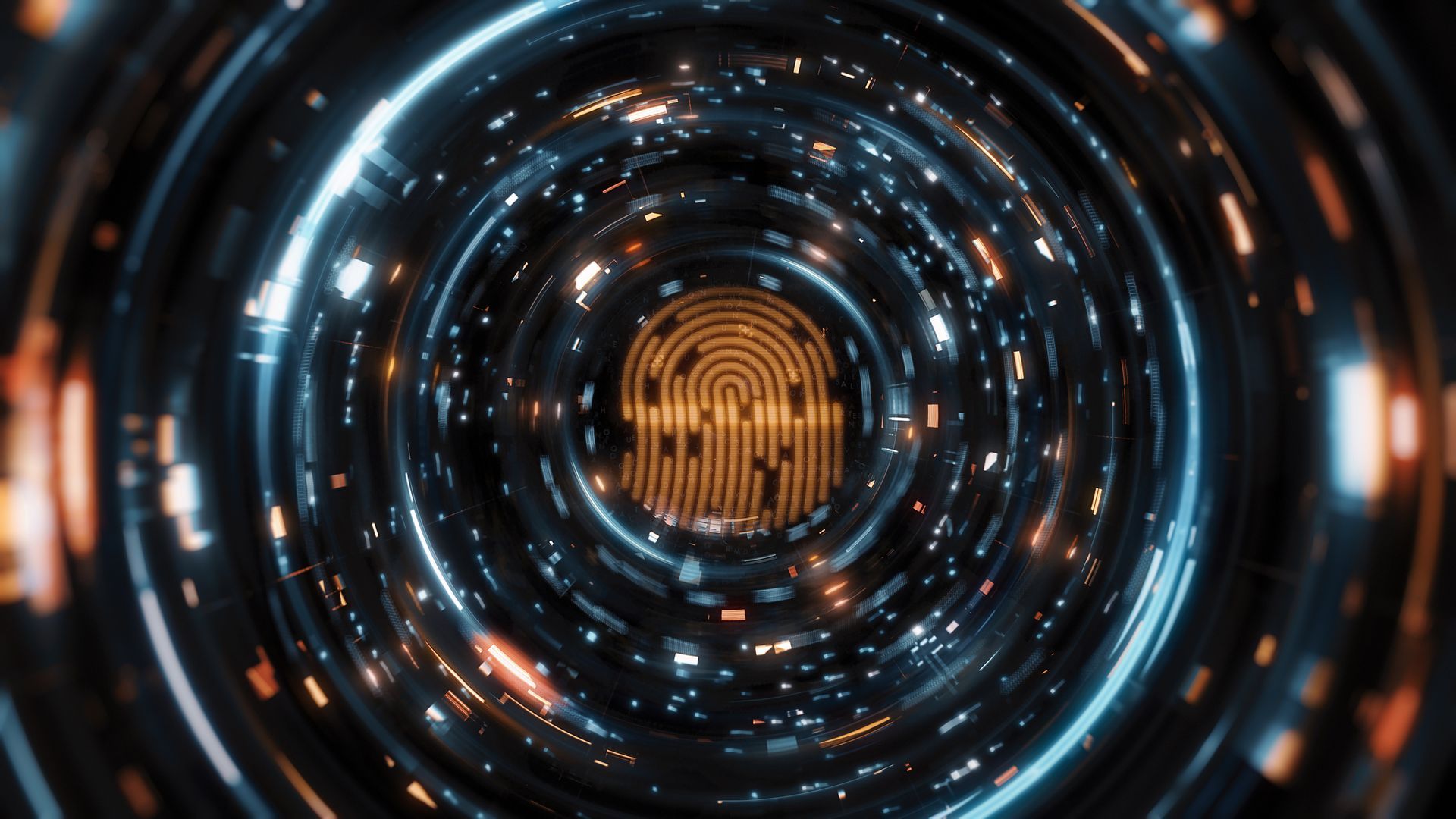
Early detection of novel risks
An IT network or infrastructure can encounter two sorts of cybersecurity threats. The first is a new, unidentified danger, and the second is a known hazard that has already penetrated the network. Hackers are experts in breaching undetected data networks, and artificial intelligence in cybersecurity can prevent or neutralize these sophisticated hacking tactics to a greater degree.
Hackers are always looking for new ways to launch cyberattacks and make them more inconspicuous. Crypto-jacking, IoT malware assaults, and smartphone device malware are all examples of cyberattacks. Cross-site scripting is another form of method that hackers frequently employ.
Adaptability
AI-powered applications and programs utilize machine learning algorithms and deep learning. Artificial intelligence in cybersecurity may effortlessly comprehend numerous IT developments and adjust its algorithms to incorporate the most up-to-date data or information through these procedures. AI in cybersecurity is also familiar with sophisticated data networks that can quickly detect and eliminate security threats with minimal human involvement.
AI in cybersecurity will not take the place of human cybersecurity experts. Instead, it aids security professionals in detecting and swiftly resolving deceptive network activities. Humans’ further advances in AI and machine learning through intervention will make AI more intelligent, with the potential to assist humans in return.
Security intelligence
Cognitive AI understands indicators of compromise and obtains important insights due to its built-in machine learning capabilities. The technology combines thousands of devices, endpoint, application logs, and network flow data into a single alarm to help you speed up incident analysis and recovery.
Hand in hand with AI
Humans and AI systems alone will not be able to overcome today’s cybersecurity difficulties. Cybersecurity automation has increased with machine learning technologies meant to assist enterprise security. There is less burnout, more precise threat detection, greater protection, and faster repair due to artificial intelligence in cybersecurity. To some extent, revolutionary technologies like AI-powered cybersecurity solutions have already begun to change the cybersecurity market. However, these technological advancements cannot be fully effective without human intervention.
In the field of cybersecurity, humans and AI technologies work well together. A team of cybersecurity specialists should aid the AI security system. The AI system can also help the team locate any potential cybersecurity vulnerabilities and how they might become launching points for an attack.

The human touch is required to prevent AI cybersecurity systems from creating security issues rather than fixing them. It’s usually better to balance artificial intelligence and human involvement when granting privileges to AI cybersecurity systems. When it comes to employing AI-enabled enterprise security solutions, there are certain restrictions. These systems can mostly be utilized as additional tools or smart assistants.
Let’s examine an example of physical security at an automated security gate to make the point that humans should be included in AI-based cybersecurity systems. An automatic security gate can prevent unwanted entry and allow only authorized people to enter a property. But, extra safety, observation, and intimidation can be provided by employing human guards and an automated high-security barrier.
Artificial intelligence algorithms make split-second decisions about your company’s cybersecurity. These judgments, however, are based on data and algorithms. Humans with cybersecurity expertise can be utilized alongside AI cybersecurity systems to ensure the system isn’t being tampered with or making incorrect judgments due to faulty logic.
Artificial intelligence in cybersecurity fronts
Artificial intelligence in cybersecurity helps under-resourced security operations analysts to stay ahead of the curve as cyberattacks grow in volume and complexity. In tandem with machine learning and natural language processing, AI algorithms extract insights from millions of resources for threat intelligence to cut through the noise of daily alerts, lowering response times, and detect anomalies that might be a sign of an intrusion.
Cybersecurity teams have an improved capacity to safeguard endpoints, data, and networks thanks to artificial intelligence in cybersecurity. By leveraging sophisticated capabilities to anticipate problems based on prior solutions and the capacity to utilize natural language processing (NLP) to understand unstructured data, unique answers and detailed know-how are proffered to the Security Operations Center (SOC) to swiftly and cost-effectively prevent intrusions or even occur. It’s also the only way to protect a network from AI-enabled attackers. Artificial intelligence is being used as a weapon in the wrong hands and the fight against cybersecurity is bloodier than ever before.
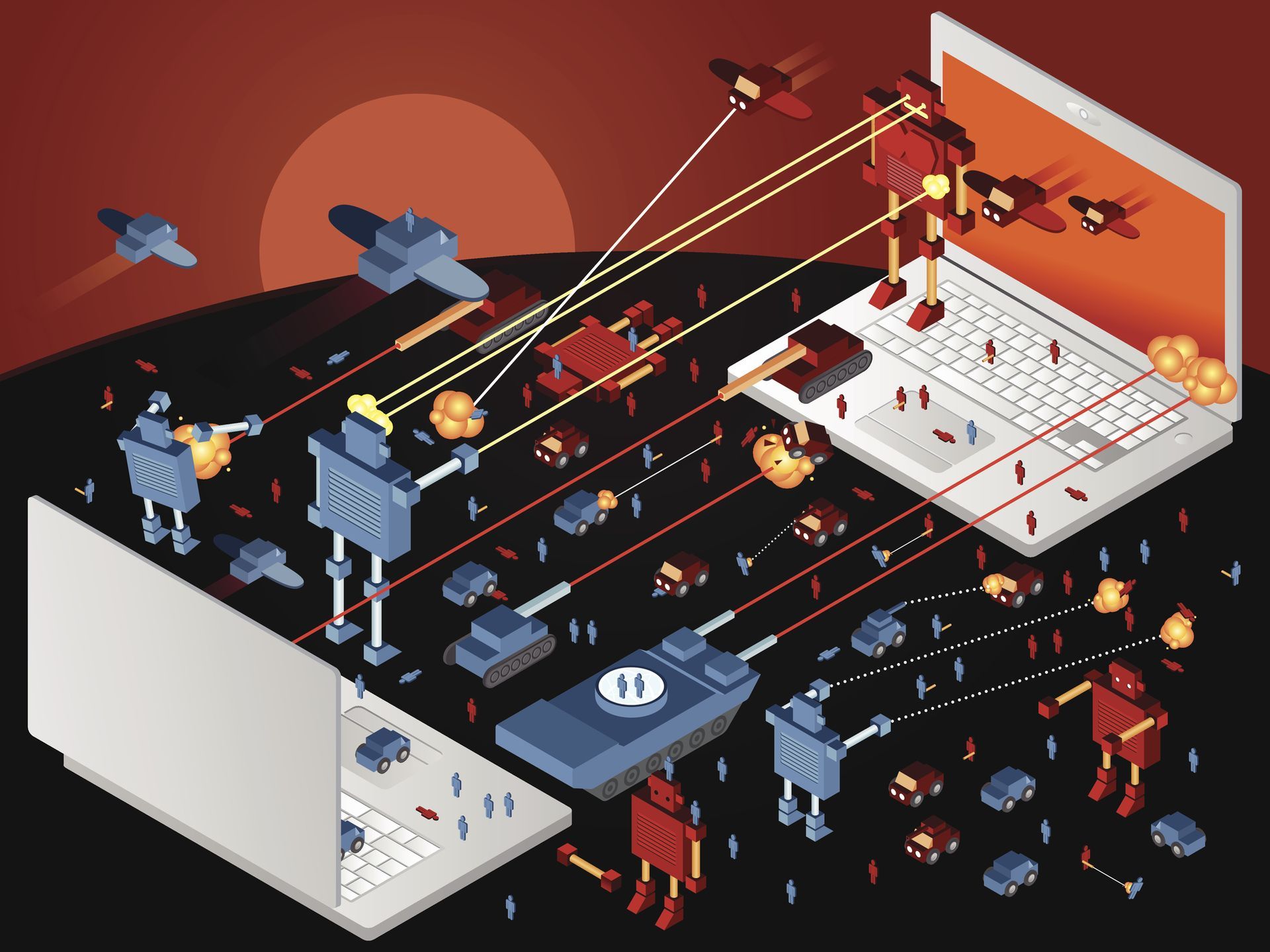
Predictive analytics
Cybersecurity experts use analytics to examine network patterns, traffic, and typical user activities for abnormalities. The signatures of exploits (known attack patterns) are used to identify them. These are the detection techniques that the malware or intruder has employed to access the network. When network analysis software identifies a signature attack, it notifies the security team.
That’s all well and good for real-time monitoring, but it almost always implies that the act was completed. Cybersecurity has evolved from a one-dimensional response to activity to a two-dimensional approach that manages risk across networks. Each participant in the network’s activity is graded based on risk. This is similar to having a credit score, which is also a predictive technique.
While not offering a clear view into the future, predictive analytics allows you to look ahead. Detecting an intrusion without having previously seen its signature is one method. Machine learning can learn how to identify patterns far better than a person. Machines have developed the ability to “gut feel” or “predictive ability,” even if it doesn’t match a previously discovered signature, based on their analysis of all types of previous assaults.
With the network in constant motion, it’s almost impossible to predict a typical network operation. Long-term damage (typically data theft) from malware programs that sit on the network may make them appear benign. Advanced Persistent Threats (APTs) are advanced attacks that create a false sense of security and remain in place for as long as possible. They’re well-planned to go unnoticed by network security programs.
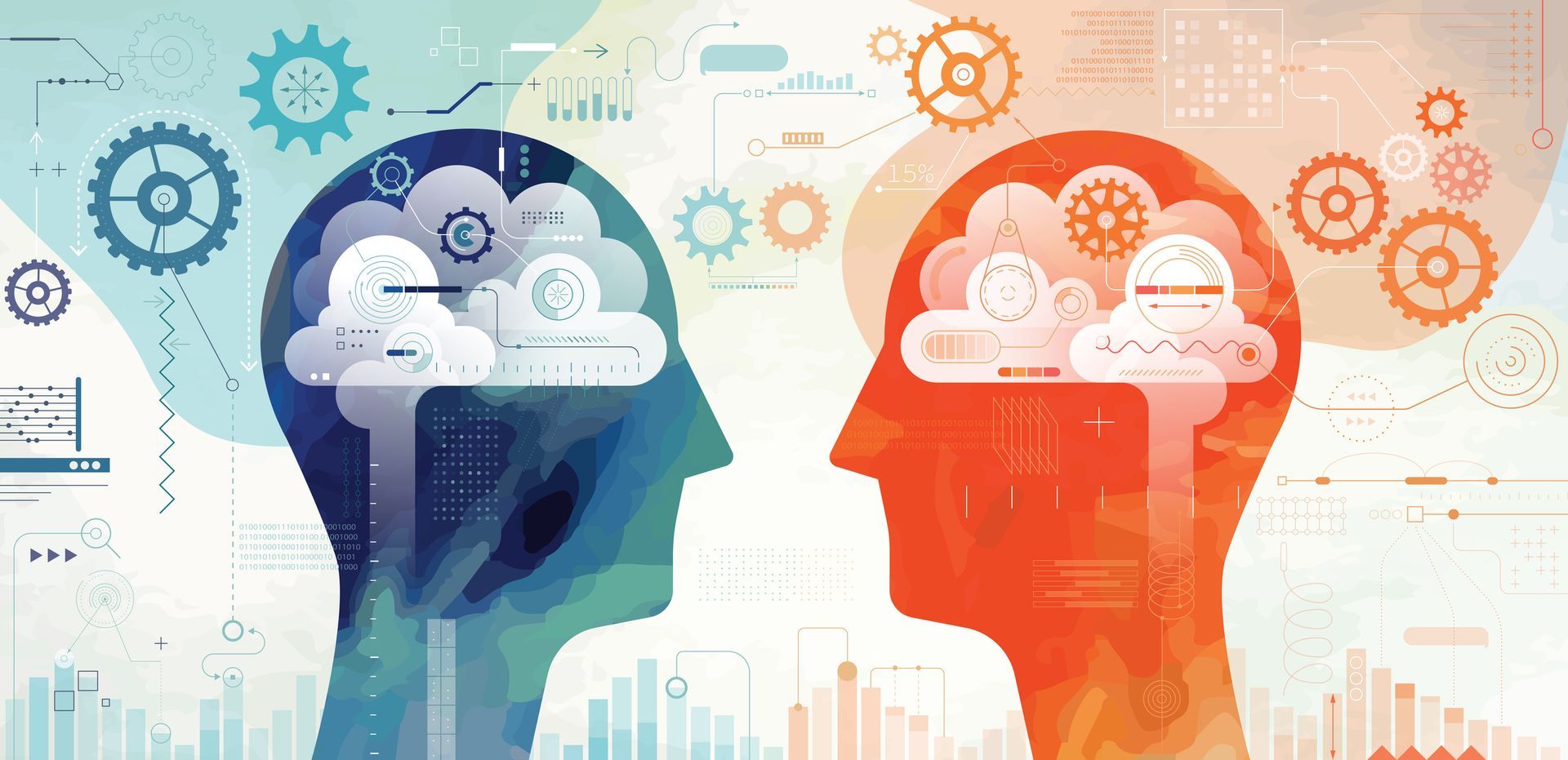
Battle of initiatives
Artificial intelligence in cybersecurity isn’t merely a collection of code anymore. They can analyze huge data and find correlations that would have gone unnoticed. Analytics applications that utilize artificial intelligence to identify patterns in huge data sets are known as deep learning. Deep learning may evaluate millions of math questions and their outcomes and determine, based on a pattern, what the result might be. Cybersecurity aims to study this network data and apply everything it has learned to strengthen human-led security.
The acronym URL, which is not to be confused with the World Wide Web’s Uniform Resource Locator, is a guiding acronym for AI agents that stands for the following:
- Understand: Examine the existing body of research utilizing NLP. This data may be found in videos, books, periodicals, journal papers, and PowerPoint.
- Reason: Analyze the data and draw conclusions about it, such as what kind of attack might occur or has occurred, and which types of threat entities are involved in the assault, as well as their connections.
- Learn: The collection of knowledge continues to grow as research findings are published rapidly. Discoveries are made based on new data all the time.
Nothing is permanent. It would be great if there were a “stop” button. However, the reality is that security research is in a constant state of flux, with clever and creative hackers attempting to penetrate the network’s protection. We are not very good at change. We become ensnared in our habits, get weary and lose sight of things easily. We are susceptible to pet notions and enjoy displaying our expertise. Not computers, though. They are eager to learn, adapt, and develop new ideas without concern about what they already know.

The needle in the haystack
In the world of network security, there’s no doubt that the term “false positive” is one of the worst. It’s a fantastic time waster and money sink. Imagine you’re looking for evidence of extraterrestrial life. Analysts are on the lookout for anything that rises just above the white noise on the screen. On large business networks, there’s a lot of background noise. When does unusual behavior become significant enough to attract the attention of a security analyst? Attention is a critical element in the process of establishing significance. It gets things started by giving it fuel, but it does not guarantee anything will be accomplished.
Both machines and humans can cause false positives. Have you ever rebooted a machine because some program went insane and began consuming all of the system’s memory and CPU cycles? Perhaps a user decides he needs a local copy of that multi-gigabyte database and begins a download, causing your network to sound an alarm.
Other factors can also cause false positives. Untested programs that have not been approved for release may produce a horror scenario of protocol infractions, which appear to any decent security program like an assault but are truly untested software running on your network.
One of the objectives of employing artificial intelligence in cybersecurity is to reduce the number of incorrect positives. Even really intelligent computers, on their own, are vulnerable to false positives. However, using computer insights combined with human insight in various approaches lowers the danger that innocent network usage will be mistaken for a false positive.
Artificial intelligence in cybersecurity can also learn from its human partner. The security expert reviews the alerts produced by the smart security system and determines which are and aren’t true alarms. Those findings are passed on to the artificial intelligence in cybersecurity, making it more knowledgeable. Artificial intelligence in cybersecurity will eventually produce fewer false positives as a result of this.
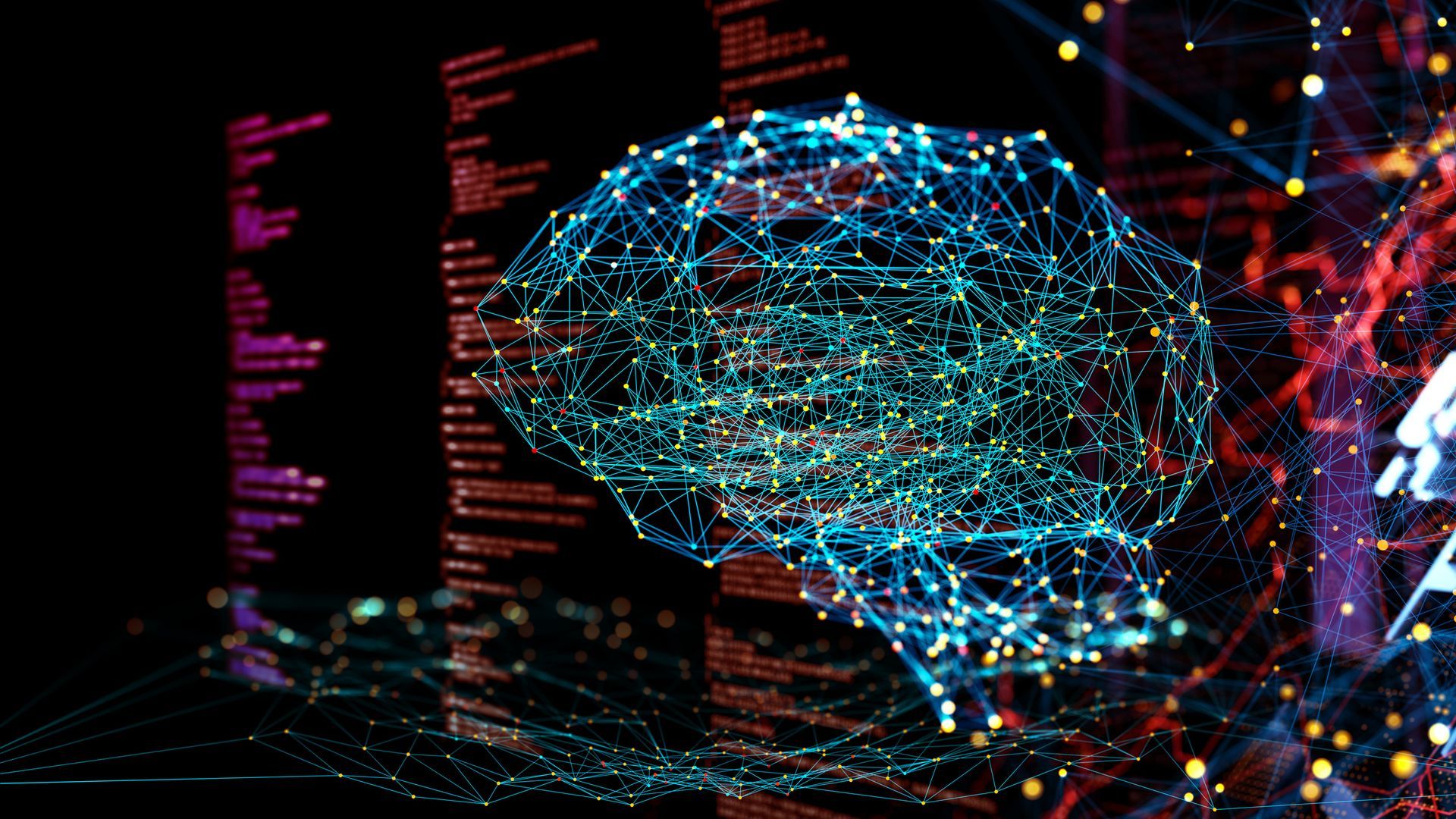
Cognitive computing
The goal of cognitive computing is to replicate a human brain’s functions. It learns and improves its capacity to detect dangers by investigating security breaches from various sources, cognitive cybersecurity. Cognitive computing systems utilize structured and unstructured data and human-machine interactions to extract insights from people. It then combines a cybersecurity expert’s knowledge with its contributions and unique solutions to give answers that the expert couldn’t have come up with or which they would take much longer than you can think.
Another problem that any network security team faces is burnout. Responding to thousands of security events, most of which will not require any action, is enough to exhaust the best and brightest. Consider this like a store’s door chime. What period does it take for the employee at the counter to stop hearing that chime? Because the door chime doesn’t identify who is coming through the door, it becomes background noise. Is it a lost child, a shopper, a robber, perhaps? The chime quickly loses relevance without context. Put a little facial recognition on that chime, and you’ll be more attentive because each person’s information appears on the screen. Then you have a powerful tool when you correlate shopping data from a frequent shopper card. “Good afternoon, Mr. Smith. We have an entirely new crop of bananas now available on the endcap of aisle 6.”
Cognitive computing systems supply the contextual information required by a security expert to make faster and wiser judgments, allowing them to operate more productively. With data from network security analytics software, and contextual data updating the cybersecurity knowledge stock every second, cognitive computing can correlate all that information faster and more correctly than any person.
It’s been more than five years since an AI computer beat the world’s greatest Jeopardy! players. The ability to develop answers quicker than a human has improved over time.
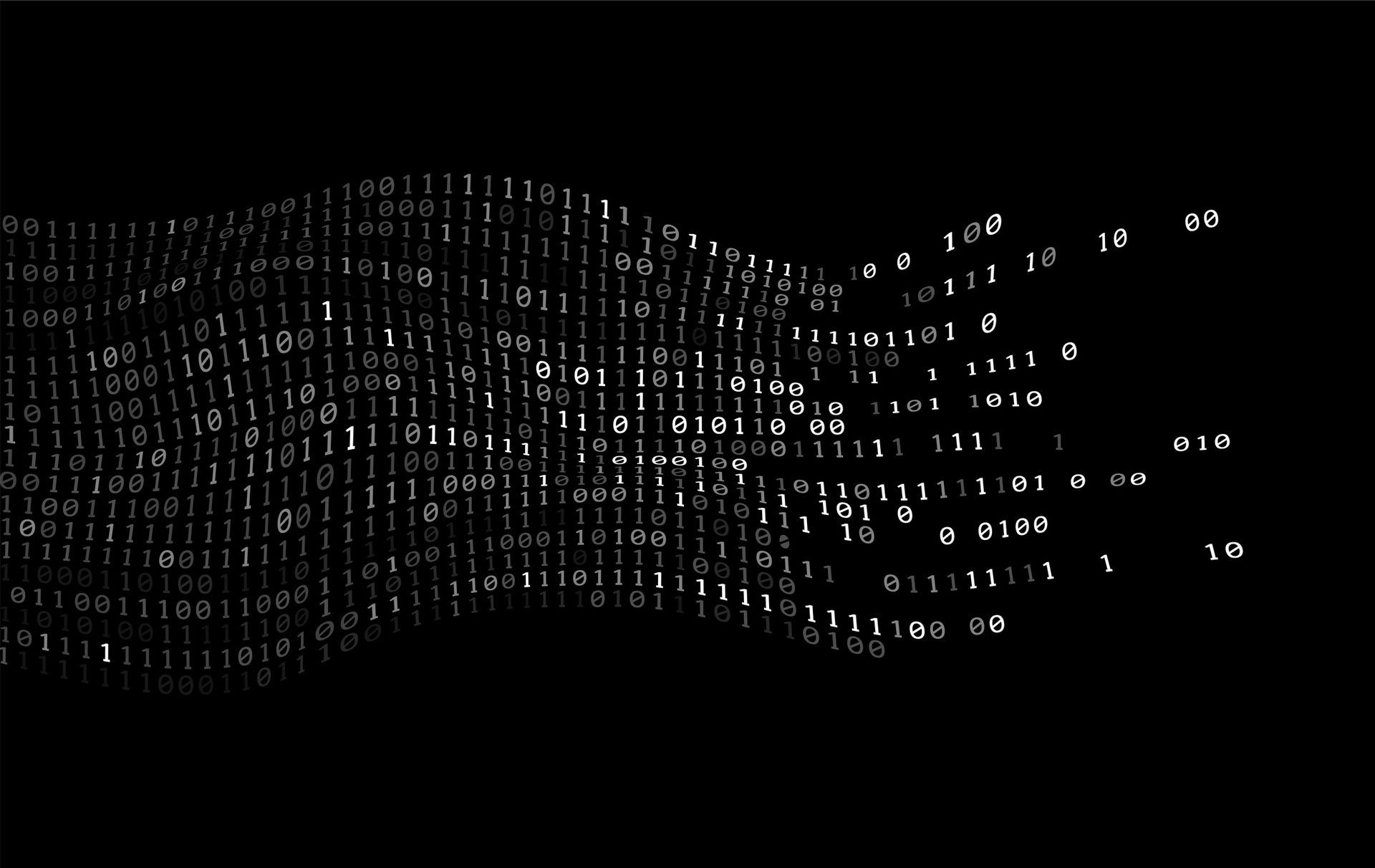
Finding the root cause
Responding to repeated attacks without determining the underlying source of the problem might be ineffective. Determine the causes, back it up with evidence, look for solutions, take notes, and offer recommendations while investigating an exploit. Two of these analysis points will influence the actions you subsequently take: identifying the source of the problem and then developing a solution.
The underlying reason might be a company-wide problem. As a result, identifying the primary cause makes sense rather than blaming someone or a group for having provided the tool that caused the vulnerability. It’s far better to collaborate as a team, using an enterprise-wide strategy that may reveal issues that span the company. If the underlying cause of a structural issue allows dike holes to form, patching just one hole without determining that poor cement throughout the dike is the problem will only recur somewhere else later.
The Six Sigma DMAIC (Define, Measure, Analyze, Improve, Control) technique is one approach for identifying the underlying cause in a business. The five whys is a method of problem-solving that involves asking five why questions, such as “Why is the database malfunctioning? “and then coming up with a solution, and asking the next why question like, “Why wasn’t the new database version tested before release?” helps us get to the bottom of it. It’s as if we’re unpeeling an onion layer by layer. The minimum number of questions is five, but additional ones may be added as needed.
Artificial intelligence in cybersecurity evaluates the solutions by a combination of criteria, such as projected outcomes and the cost of achieving those results.

Weaponized AI
Malicious actors and nations use AI to breach computers and networks. According to most experts, there is no direct evidence that AI has been used for illegal purposes, but it’s only time. Network intrusions and malware will be able to change in real-time, making detection nearly impossible while signature-based detection becomes irrelevant.
When it comes to assessing the finest targets for attack, the internet, with its billions of nodes, is a vision come true for AI. Smart phishing and enhanced social engineering tactics paired with software probing for vulnerabilities offer extremely sophisticated attack paths. Cybersecurity intelligence is also freely available, which means weaponized, cognitively smart computers might analyze the same material for a different goal. Entire countries have committed significant resources to break into our private networks to influence public opinion and change policy decisions to shut down our country’s infrastructure on demand.
If you wishfully think that something like this has not yet become a reality, just see what commercial businesses have done with freely available social media and internet surfing data to target advertisements specific to people to grasp precisely what that power in the wrong hands may accomplish.

Protecting the IoT
IoT devices dramatically increase the number of network points that must be considered while securing an entire network. Anything connected to the internet that isn’t a computing device, such as your Blu-ray player and television, your security camera, and your digital assistant, is an IoT device and another endpoint on the network.
It is important to remember that the security of IoT devices must be safeguarded in a multilayered approach. The first step in ensuring the security of IoT devices is to secure the underlying operating system. This includes thorough security testing throughout development. The final layer is always the human one. Many smart TVs now include a web browser, for example. Your TV may be infected with malicious applications that have been downloaded from the internet.

Predicting the future
Cognitive computing helps in the investigation of cyber-threats and the identification of the source of an attack. China has taken it one step further in its campaign to combat criminal activity. It is now using AI to attempt crime prediction before they occur, which is a step further than China’s neighbors have done.
Chinese authorities can now use AI and facial recognition to spy on individuals and their actions. Using Big Data, the crime-fighting AI develops a rating system for highly suspicious groups of individuals. Masks will not fool the facial recognition system. Attempting to deceive the system only makes it more intelligent, “re-identifying” someone. Such surveillance is unlikely to happen in many nations, especially with the rising awareness of privacy, but it still does highlight the possibility of machines becoming increasingly intelligent and capable.





